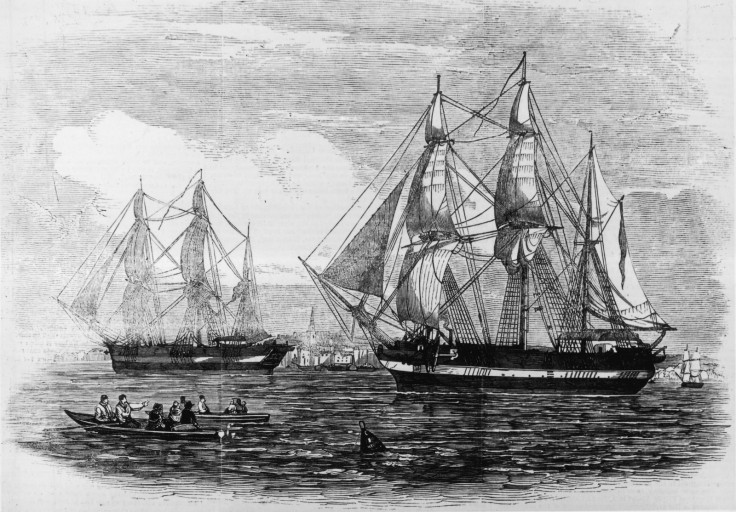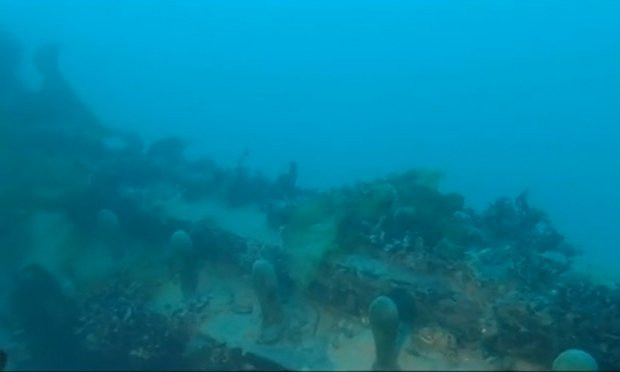HMS Terror: Shipwreck of Sir John Franklin's doomed explorer vessel found after 168 years
Researchers believed to have found ship not seen since its failed Northwest Passage voyage in 1840s

Explorers in Canada are believed to have found the second doomed ship belonging to British explorer Sir John Franklin, 168 years after it went missing. The Arctic Research Foundation said it discovered the HMS Terror in "pristine condition" on the coast of King William Island in the Canadian Arctic Archipelago.
The vessel vanished along with its sister ship the HMS Erebus in 1840 while their crew, headed by Franklin, attempted to find the Northwest Passage, a sought after shortcut that to Asia that was said to have ran from the Atlantic to the Pacific by way of the Arctic.
Franklin and his 128-member crew in both HMS Terror and HMS Erebus all perished after the ships became stuck in ice during the search for the fabled passage. Their disappearance soon after became one of the great mysteries of the Victorian era – prompting one of history's largest rescue searches from 1848 to 1859.
The wreckage of the HMS Erebus was only discovered in 2014, with the fate of HMS Terror continuing to be a mystery.
The second ship in the exhibition is now believed to have been found in 24m (78ft) of water in Terror Bay, just off the coast of King William Island. This followed a tip-off from an Inuk crewmember Sammy Kogvik, who told the rest of the crew about a large pole he saw sticking out of the ice while snowmobiling across the sea ice off Terror Bay seven years ago.
Adrian Schimnowski, operations director the Arctic Research Foundation, said his team followed the Kogvik and managed to locate the missing vessell. He told The Guardian: "He [Kogvik] kept the story secret because he didn't want people not to believe him.
"We listened to Sammy's story and changed course to take a look. It is a perfect time capsule."
Schimnowski said his crew even managed to open a hatch door to capture inside the boat. He added: "We have successfully entered the mess hall, worked our way into a few cabins and found the food storage room with plates and one can on the shelves.
"We spotted two wine bottles, tables and empty shelving. Found a desk with open drawers with something in the back corner of the drawer.
Schimnowski added: "This vessel looks like it was buttoned down tight for winter and it sank. Everything was shut. Even the windows are still intact. If you could lift this boat out of the water, and pump the water out, it would probably float."

John Geiger, the CEO of the Royal Canadian Geographical Society, described the discovery as "tremendously exciting news". He added: "The nature of the find, as reported, underscores also the vital role of the Inuit then and now in the Franklin saga.
"After the discovery of HMS Erebus two years ago, the Terror remained the largest missing piece of the puzzle. Together, these discoveries have the potential to alter forever our understanding of the Franklin expedition's disastrous end."
A spokesperson for Parks Canada said: "The discovery of HMS Terror would be important for Inuit communities and Canada, reflecting the ongoing and valuable role of Inuit traditional knowledge in the search and making a significant contribution to completing the Franklin story.
"Parks Canada is currently working with our partners to validate the details of the discovery."
© Copyright IBTimes 2025. All rights reserved.





















